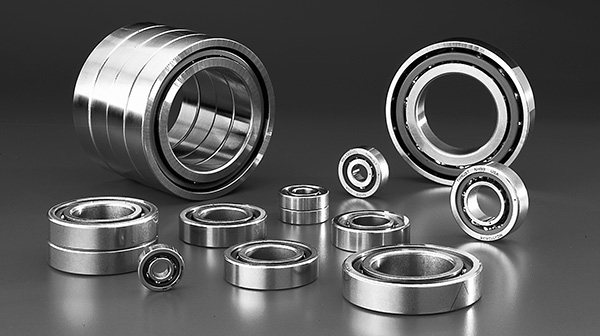Types of Spindle Ball Bearings
There are a number of different types of spindle ball bearings. These include Precision angular contact bearings (PACCB), Ceramic, Steel, Non-contact shields, and Preload classes. In addition to selecting the right type of spindle ball bearing, it's important to consider how the bearing's design will affect its performance.

Precision angular contact bearings
Precision angular contact spindle ball-bearings are available in single and double-row designs. Single-row designs are available with a steel cage, whereas double-row designs can withstand larger axial and radial loads. Single-row designs can be used in applications that require axial loads and are also suitable for high temperatures. Single-row bearings can handle up to 5,000 rpm and are available with different cage materials.
Steel or ceramic
A spindle ball bearing can be made from either steel or ceramic materials. The materials differ in their properties, but both offer a similar level of performance and reliability. Ceramic materials are non-magnetic and non-conductive, making them an excellent choice for many high-speed applications.
Non-contact shields
The use of non-contact shields on spindle ball-bearing assemblies offers a variety of advantages. They do not generate additional torque and protect against contamination. Standard shields are made of 'Z-pressed steel', a composite of steel and Viton rubber. This metal offers high temperature resistance and excellent contamination resistance. Shields with a sealant gap provide added protection from contamination. The standard configuration of these shields includes large balls for optimum bearing geometries, solid retainers, and a low-profile cross-section.
Applications
Spindle ball bearings are designed for high-speed applications. They are made with smaller steel or ceramic balls and gap seals to provide lubrication. Direct-lube spindle bearings are also used in high-speed applications where a constant supply of lubricant is essential.
Cost
Spindle Ball Bearings Market research report provides complete information on the market size, revenue, sales volume, and types and brands of the product. The study also explains the competitive landscape and the factors that influence the market's growth. The report also provides a regional perspective and a global view. Each segment includes its own characteristics, including key players and consumption by type.











